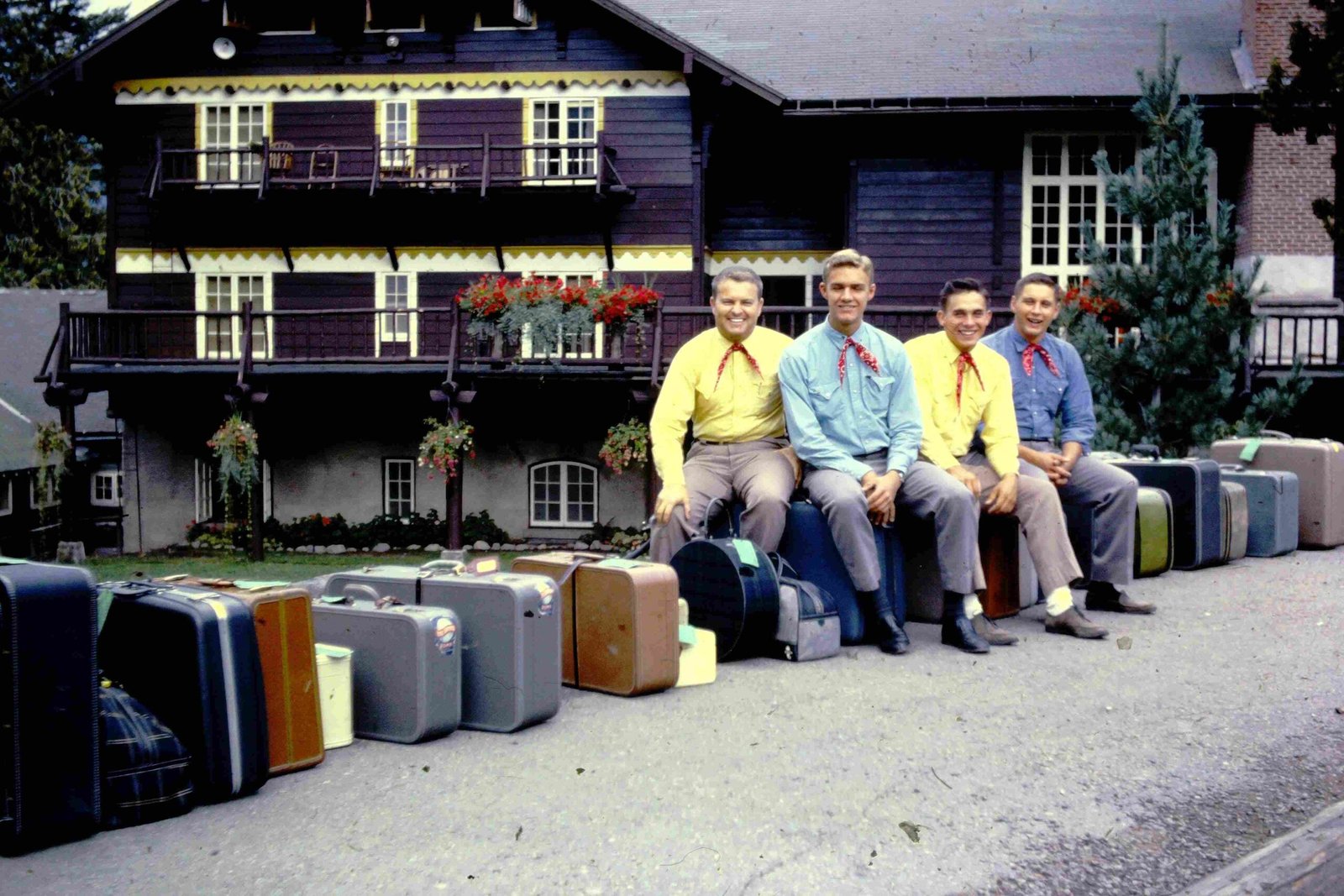Glacier National Park experiences significant traffic congestion during peak season, particularly in July and August. Visitors face long wait times, especially between 10 a.m. and 2 p.m., at popular entrances and areas such as the West Entrance, Many Glacier, and the North Fork. The iconic Going-to-the-Sun Road often becomes a bottleneck, with temporary closures due to overcrowding. This article explores the causes, impacts, and strategies to manage Glacier National Park traffic jams.
What Causes Traffic Jams in Glacier National Park?

Traffic jams in Glacier National Park result from a combination of factors:
- Peak season visitation (July and August)
- Limited road infrastructure
- Popular attractions concentrated in specific areas
- Parking lot capacity issues
- Weather-related closures
- Wildlife activity
The park’s stunning beauty attracts over 1.4 million visitors during July and August alone, putting immense pressure on its road network and facilities.
Where Are the Most Congested Areas in the Park?

The most congested areas in Glacier National Park include:
- Going-to-the-Sun Road (especially between Apgar and Logan Pass)
- West Entrance
- Many Glacier area
- North Fork region
- Logan Pass
- Apgar Village
- Avalanche Creek
These locations often experience parking lot congestion, leading to temporary access restrictions.
What Are the Average Wait Times During Peak Season?
During peak hours (10 a.m. to 2 p.m.), visitors can expect:
- Entrance wait times: Up to several hours
- Parking lot searches: 30 minutes to 1 hour
- Traffic delays on Going-to-the-Sun Road: 1-2 hours
| Time of Day | Average Wait Time |
|---|---|
| 6 AM – 9 AM | 15-30 minutes |
| 10 AM – 2 PM | 2-3 hours |
| 3 PM – 6 PM | 1-2 hours |
| After 6 PM | 30 minutes or less |
These wait times can vary based on specific conditions and events within the park.
How Has Visitation Increased in Recent Years?
Glacier National Park has seen a steady increase in visitation:
- July 2024: 791,717 visitors (10% increase from July 2023)
- First seven months of 2024: Nearly 7% increase over the same period in 2023
This upward trend contributes significantly to the traffic congestion issues within the park.
When Is the Best Time to Visit to Avoid Traffic Jams?
To avoid traffic jams in Glacier National Park, consider:
Best Months:
- April to May (early season)
- September to October (late season)
Best Days:
- Weekdays (Monday through Thursday)
Best Times:
- Early morning (before 6 a.m.)
- Late afternoon (after 4 p.m.)
- Early evening (after 6 p.m.)
Entering the park before 6 a.m. not only helps avoid traffic but also eliminates the need for a vehicle reservation during peak season.
What Road Closures Should Visitors Anticipate?
Visitors should be prepared for potential road closures due to:
- Traffic congestion
- Weather conditions
- Wildlife activity
- Maintenance work
- Accidents
For example, in August 2024, the upper section of Going-to-the-Sun Road was closed due to winter weather conditions.
How Does the Park Manage Traffic During Peak Season?
Glacier National Park employs several strategies to manage traffic:
- Vehicle reservation system (typically ends in early September)
- Shuttle services (reduced after Labor Day)
- Temporary access restrictions to congested areas
- Real-time updates via the Recreation Access Display
- Encouraging off-peak visitation
Despite these efforts, visitors should expect and plan for potential traffic jams during peak season.
What Alternative Transportation Options Are Available?
To mitigate traffic congestion, consider these alternatives:
- Park shuttles (available until mid-September)
- Hiking and biking
- Guided tours
- Red bus tours
- Boat tours on park lakes
These options can provide a more relaxed way to experience the park while reducing personal vehicle use.
How Can Visitors Plan Ahead to Minimize Traffic Impact?
To minimize the impact of traffic jams:
- Check the park’s official website for current conditions
- Use the Recreation Access Display for real-time updates
- Plan visits during off-peak hours or seasons
- Have flexible itineraries
- Consider alternative entrances or less popular areas
- Use park shuttles when available
- Arrive early at popular destinations
Being prepared and flexible can significantly enhance your Glacier National Park experience.
What Are the Long-term Solutions for Traffic Management?
Park officials are considering long-term solutions to address traffic issues:
- Expanding shuttle services
- Implementing year-round reservation systems
- Improving parking infrastructure
- Developing alternative transportation methods
- Encouraging sustainable tourism practices
These initiatives aim to balance visitor access with resource protection and traffic management.
How Does Traffic Congestion Affect Wildlife and the Environment?
Traffic jams in Glacier National Park have several environmental impacts:
- Increased air pollution from idling vehicles
- Noise pollution affecting wildlife behavior
- Soil compaction and erosion from off-road parking
- Disturbance to wildlife migration patterns
- Vegetation damage from overflow parking
Park management continues to study these effects to develop mitigation strategies.
By understanding the causes and impacts of Glacier National Park traffic jams, visitors can better plan their trips and contribute to a more sustainable park experience. Remember to check current conditions, be flexible with your plans, and consider alternative transportation options to make the most of your visit to this stunning natural wonder.